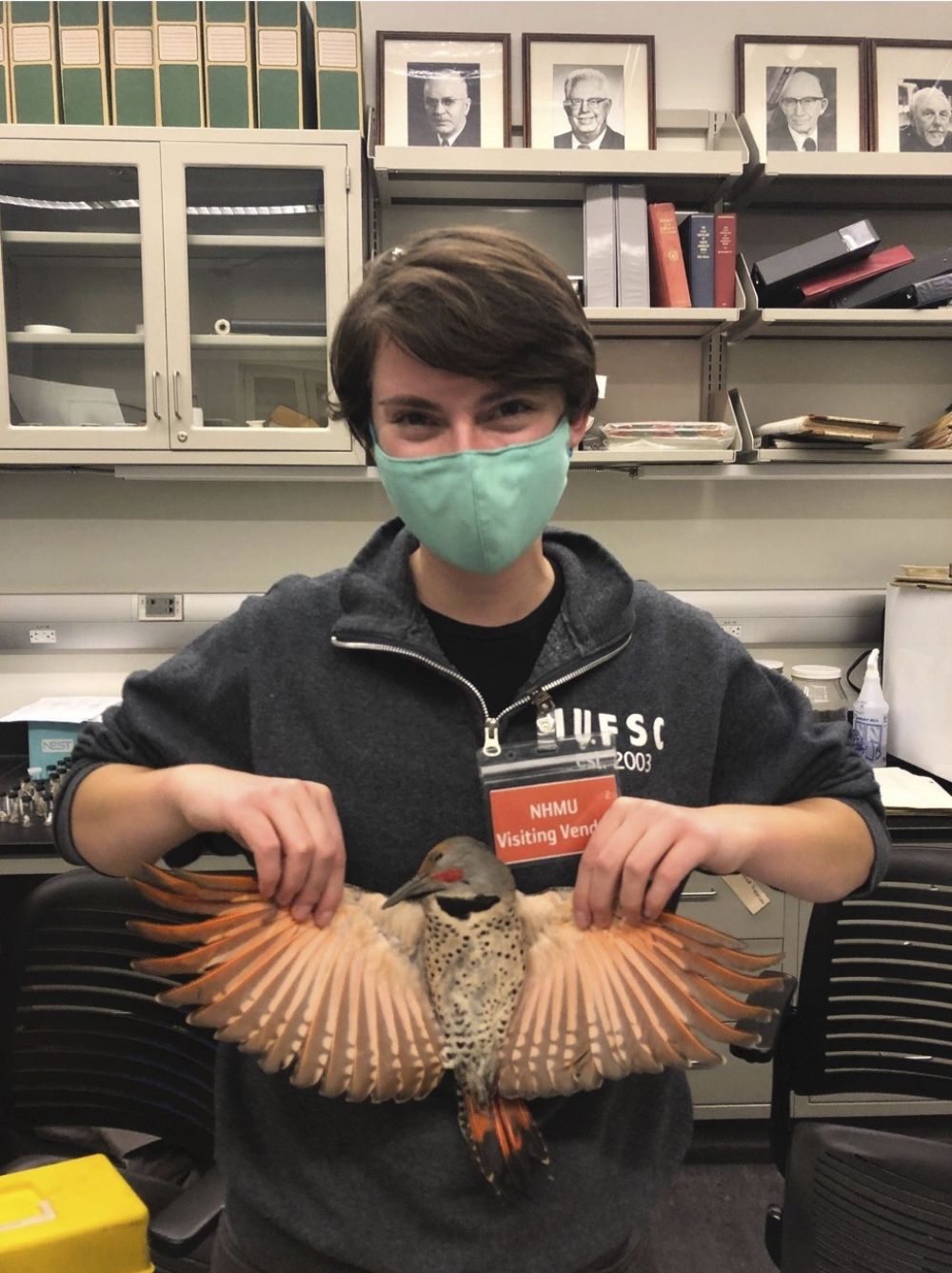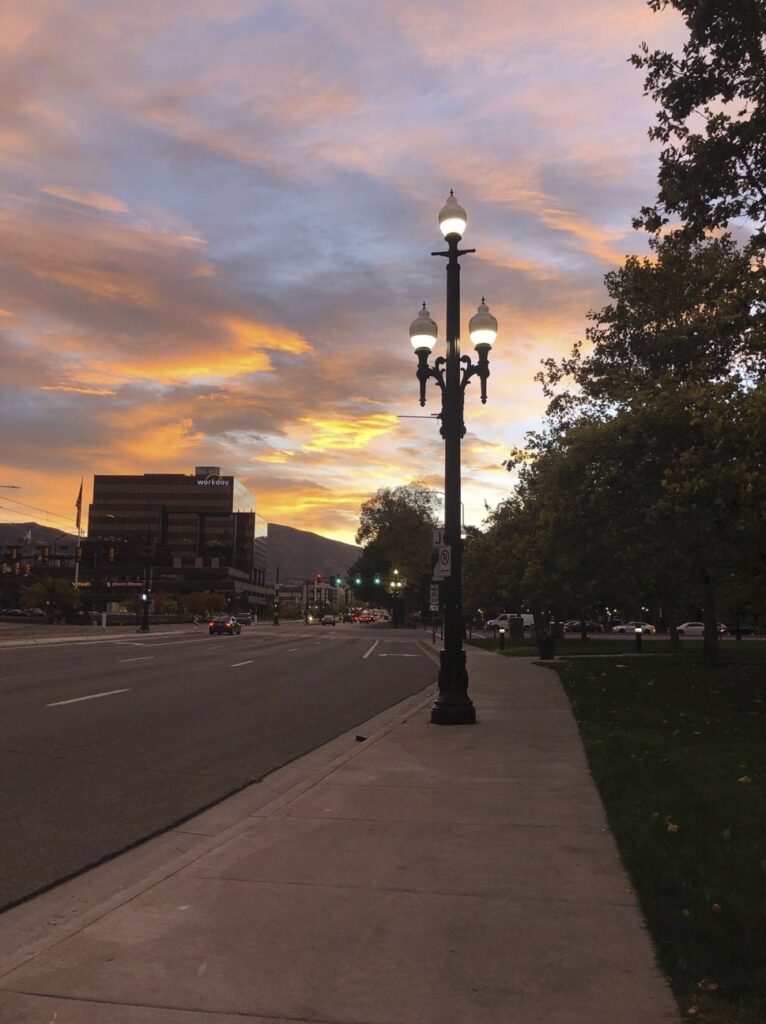Conservation Internship

For the past 4 months, I had the amazing opportunity of being a Conservation Intern with the Tracy Aviary. I quickly learned that the conservation department at the aviary is small but mighty, leading many projects spanning conservation, monitoring, and community outreach. Some of the projects I was able to be a part of during my internship include the Salt Lake Avian Collision Survey (SLACS), Non-Breeding Bird Monitoring Surveys, and multi-organizational events that collaborated with some of the Aviary’s community partners.
Being an early-riser is ideal in the field of ornithology because birds are, too! I often got to watch the sunrise from downtown Salt Lake while conducting surveys for SLACS. This project helps document stunned or deceased birds that strike windows overnight. During migration season, light pollution can draw migrating birds down closer to the city causing them to become disoriented and collide with buildings. The data collected through SLACS is important because it can inform us about how factors like building dimensions and window reflectivity are affecting migrating birds, which can lead to a better understanding of bird-friendly building practices.

The unlucky individuals that were victim to building collisions last year still got to play a role in avian conservation, though. Some of the birds collected by SLACS community scientists, like this Northern Flicker, were preserved for educational purposes thanks to the Natural History Museum of Utah who invited us to hone our specimen prep skills in their lab. I learned that building relationships among other organizations in the community can lead to some really awesome collaborations! Another one of these collaborative events was Biking & Birding with Latino Outdoors and Bike Utah. By combining the skills and expertise of three different organizations, we were able to get on bikes and offer an immersive birding experience for members of the Latinx community.
One of my favorite parts of this internship has been the Non-Breeding Bird Surveys. As someone born-and-raised in the Midwest, I was able to learn so many new bird species by sight and/or sound (more than 50 new species!). It is amazing to watch the species shift as the seasons change. Some species I’d like to highlight from surveys include Northern Pygmy-Owl, Glaucous Gull, and the Pacific Wren because they were new birds to me and they were each interesting to find in their own ways. We located the Northern Pygmy-Owl by imitating its call and following its response, where we found it perched on a branch being mobbed by chickadees and kinglets. The Glaucous Gull was disguised among thousands of other gulls, and was only able to be identified through a spotting scope revealing it’s massive size compared to the surrounding California Gulls. The Pacific Wren required much coaxing by playing its call and keeping all eyes glued on the area surrounding the creek running through the survey site. Exploring different survey sites with Bryant, the Aviary’s conservation ecologist, really allowed me to level-up my bird ID skills (sight and sound) as well as my understanding of their ecology and habitat niches. These surveys play an important role in understanding which birds are using different parts of the landscape and how outside forces might influence their use of habitat. Using survey data from previous years, I learned how to work with data visualization software to calculate species occupancy at different survey points across a landscape. This internship has allowed me to grow so much as a biologist, and I am excited to use the new skills I have gained as I continue pursuing my career in conservation biology. Thank you Tracy Aviary Conservation Department for this opportunity!
By: Meghan Halaburda